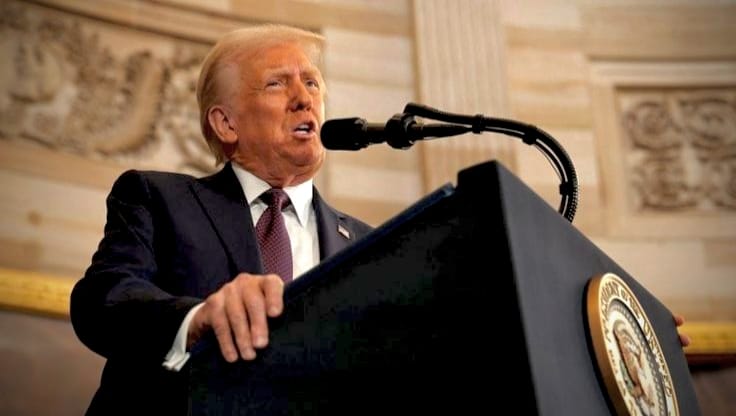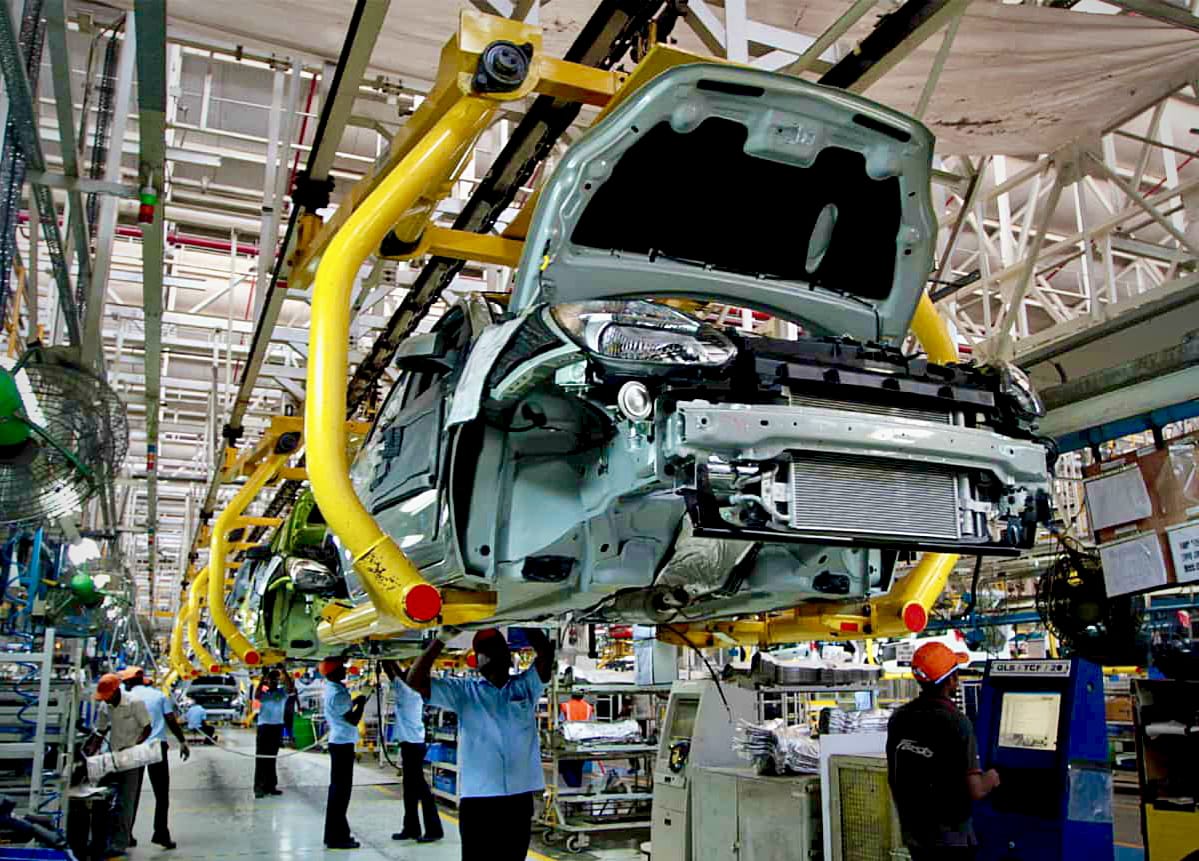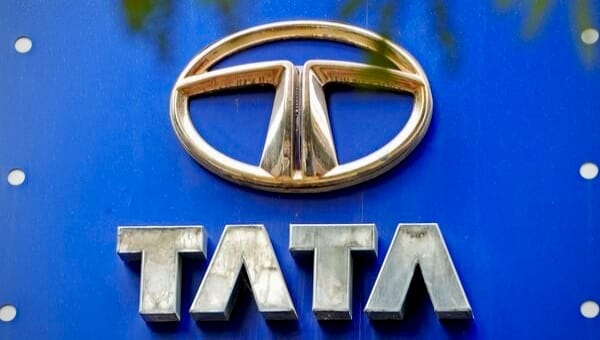
NEW DELHI — India and the United States anticipate finalizing a limited trade deal by November 2025, buoyed by speculative talks of a potential Donald Trump visit, aiming to deepen economic ties. This potential agreement, even if partial, signals significant strategic importance, reflecting a deepening alignment between two of the world’s largest democracies amidst global supply chain recalibrations and geopolitical shifts, particularly concerning China. It could boost bilateral trade from its current $132.2 billion, impacting sectors from agriculture to technology.
The envisioned “limited” trade package would likely address specific market access issues and tariff reductions rather than a comprehensive free trade agreement. Key areas under discussion include lower duties on certain U.S. agricultural products like almonds and apples entering India, alongside potential Indian demands for reinstatement of its Generalized System of Preferences (GSP) status, which the Trump administration revoked in 2019. “We are actively engaged in discussions on specific tariff lines and non-tariff barriers that have historically impeded trade,” said Arun Kumar Singh, India’s Commerce Secretary, on October 28, indicating progress on these granular issues.
Speculation surrounding a potential visit by former President Donald Trump, should he secure the Republican nomination and win the U.S. presidency in November 2024, adds a layer of complexity and urgency. History suggests that while Trump’s “America First” rhetoric often led to protectionist measures, he also pursued bilateral deals he deemed favorable. Seasoned analysts recognize that a second Trump term could either accelerate or disrupt trade negotiations, depending on the perceived benefits for U.S. industries. “A Trump return could mean a quicker push for a deal that addresses core U.S. business demands, but also a tougher stance on intellectual property and digital trade,” commented Emily Peterson, Senior Economist at Eurasia Group, on November 1.
Geopolitical considerations heavily underpin these trade discussions. Both nations are increasingly aligning their economic and strategic interests as part of the broader Indo-Pacific strategy, seeking to diversify supply chains and counter China’s growing influence. India’s aspirations to become a global manufacturing hub, exemplified by its ‘Make in India’ initiative and production-linked incentive schemes, align with Washington’s efforts to reduce reliance on Chinese manufacturing. Bilateral trade in goods and services has steadily climbed, reaching $132.2 billion in 2023, up 2.4% from $129.1 billion in 2022, according to the U.S. Trade Representative.
Economically, the deal could unlock new opportunities for U.S. companies seeking access to India’s burgeoning market of 1.4 billion people, while providing Indian exporters with greater access to U.S. consumers. India’s economy is forecast by the International Monetary Fund to grow by 6.8% in fiscal year 2024-25, presenting a significant growth market. However, significant hurdles remain, including India’s historically high tariffs on certain goods and differing regulatory frameworks, particularly in areas like data localization and e-commerce.
Those who’ve tracked trade negotiations through multiple cycles recognize the persistent challenges. U.S. businesses have consistently sought greater market access and a reduction in India’s tariffs, some of which exceed 100% on specific products. Conversely, India seeks to protect nascent domestic industries while advocating for better visa access for its skilled workers and the restoration of GSP benefits, which would allow duty-free entry for thousands of Indian products into the U.S. market.
Stakeholder perspectives highlight these divergent interests. The U.S. Chamber of Commerce has actively pushed for a more open Indian market, citing potential gains for American companies in technology, defense, and agriculture. Meanwhile, Indian industry groups, while keen on export opportunities, remain cautious about opening up sensitive sectors to foreign competition. Opposition parties in India routinely scrutinize any deal that could impact domestic farmers or manufacturers, demanding balanced outcomes.
Despite the momentum, overcoming protectionist sentiments in both countries poses a considerable challenge. In the U.S., various industries remain wary of job displacement, while in India, segments of the agricultural and manufacturing sectors fear increased competition. Technical discussions on intellectual property rights, environmental standards, and labor clauses also require meticulous negotiation to satisfy both sides.
The timeline leading to November 2025 aligns with potential political shifts, including the U.S. presidential election and India’s own general election held earlier in 2024. The political will on both sides will be crucial for navigating the complex web of trade-offs necessary for a deal. Veteran executives who’ve navigated global trade recognize that such agreements are often the culmination of sustained diplomatic effort, transcending individual administrations.
Looking ahead, this anticipated trade deal underscores the evolving nature of the India-U.S. strategic partnership, moving beyond defense and security cooperation to embrace deeper economic integration. Even a partial agreement could establish a framework for future, more comprehensive discussions, setting a precedent for enhanced bilateral economic engagement and reinforcing their shared commitment to a rules-based international order.







